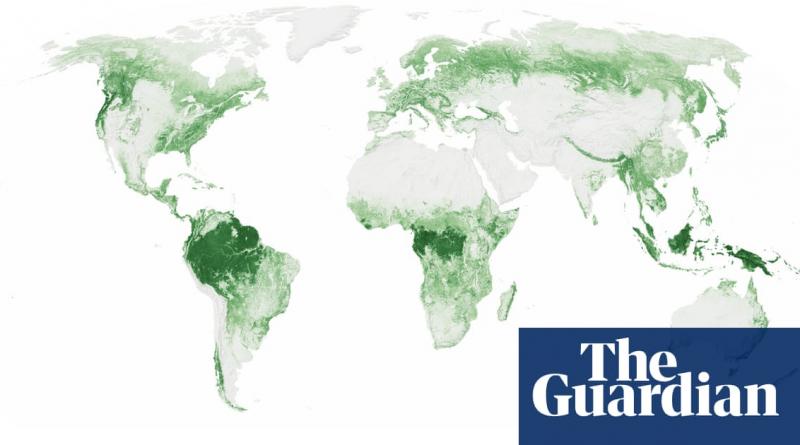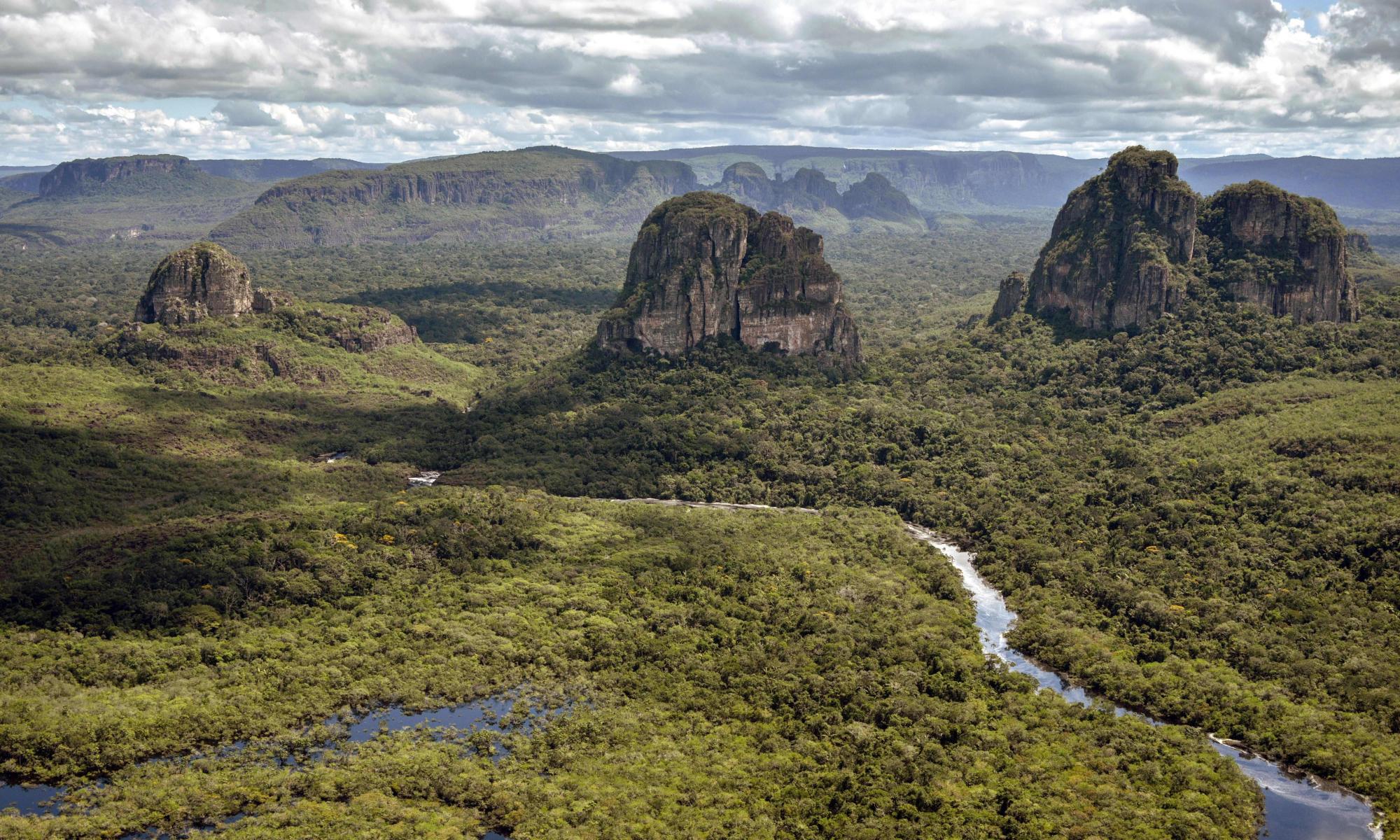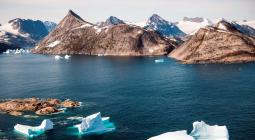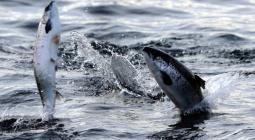Planetary ‘safety net’ could halt wildlife loss and slow climate breakdown.

Researchers have drawn up a blueprint of areas that need additional conservation to stem biodiversity and climate crises.
World leaders are preparing to join a key summit on biodiversity being hosted in New York amid mounting evidence that governments are failing to halt the unprecedented loss of species around the world.
Earlier this month, a UN report revealed that the international community had failed to fully achieve any of the 20 biodiversity targets agreed in 2010.
But scientists at the environmental research organisation Resolve have drawn up a blueprint for a planetary “safety net” of protected areas they say could help halt catastrophic biodiversity loss.
* Maps HERE
The scientists started by mapping existing protected areas. These make up about 15% of the Earth’s land mass.
Next, they identified currently unprotected areas that are home to particularly rare species. Preserving the habitats of these species would require protecting another 2.3% of the planet’s land mass.
In the next step, they identified another 6% of land that is home to the largest number of distinct clusters of species.
The scientists also mapped the areas that house the largest mammals on the planet, many of which embark on long-distance migrations. Conserving their habitats requires protecting an additional 6.3% of land mass.
The researchers also propose protecting another 16% of land made up of the most intact ecosystems – those that have experienced little to no human impact.
Finally, the scientists added areas that they say should be protected to prevent further climate breakdown – if they weren’t already included in other categories.
Overall, the proposed “safety net” overlaps significantly with the world’s largest natural carbon stores.
“Global strategies to halt the dual crises of biodiversity loss and climate change are often formulated separately, even though they are interdependent,” the authors of the paper write.
If implemented, the “global safety net” would span 50.4% of the Earth’s land mass.
Lead author Eric Dinerstein told the Guardian that the analysis, published in Science Advances, pulled together the most widely used global datasets of biodiversity features to identify areas that require additional conservation attention.
“We wanted to cover everything from those species with the narrowest ranges – like the Udzungwa partridge, only found in a specific mountain range in Tanzania – to phenomena like the caribou migration in the Canadian tundra which happen over vast areas. Because all of that is biodiversity.”
Earlier this year the UN presented a draft plan to protect 30% of lands and oceans by 2030, which will provide the backbone to an agreement on nature to be finalised in Kunming, China, in 2021.
The move was welcomed by environmental campaigners and wildlife experts, although some said that the 30% number reflected what was politically feasible rather than what the science recommended.
“It is a floor, not a ceiling,” said Brian O’Donnell, director of the Campaign for Nature. “This is an interim goal, and we strongly support the science put forward by the authors of the Global Safety Net and other scientists who are showing we ultimately need even more ambitious targets.”
“All the science to date shows that we need far more land and sea under conservation than 30%,” said Dr James Watson, director of conservation science at the Wildlife Conservation Society and professor at the University of Queensland. “So I think [the 30% target] must be seen as a bare minimum and couldn’t be justified as evidence-based.”
Watson said the proposal for a safety net spanning 50% of all lands was far bolder, but added: “There must be more of a complete focus on retaining the last intact ecosystems on the planet if this plan is to succeed.”

Global conservation issues have taken on renewed urgency since the Covid-19 outbreak, with a number of reports suggesting that increased human contact with wildlife is linked to a heightened risk of disease “spillover”.
The authors of the global safety net paper believe that protecting the most biodiverse ecosystems could lower the risk of deadly viruses jumping from wildlife to humans.
“We know that when humans come in greater contact with tropical forest interiors, for example, we greatly increase the risk of disease transmission from animals to humans,” Dinerstein said.
Asked whether he thought that the international community would adopt more ambitious biodiversity targets in the near future, Dinerstein was cautiously optimistic.
“It probably won’t be the UN that’s going to do this, because they don’t move quickly,” he said. “I suspect it’s going to be a combination of climate and biodiversity scientists, indigenous leaders and the Greta Thunbergs of the world that rally civil society. It’s going to be young people that are going to address these existential threats to civilisation that their elders just can’t seem to wrap their heads around. But I think the rest of civil society will come along and we’ll get there.”
* Maps HERE
29 September 2020
The Guardian





